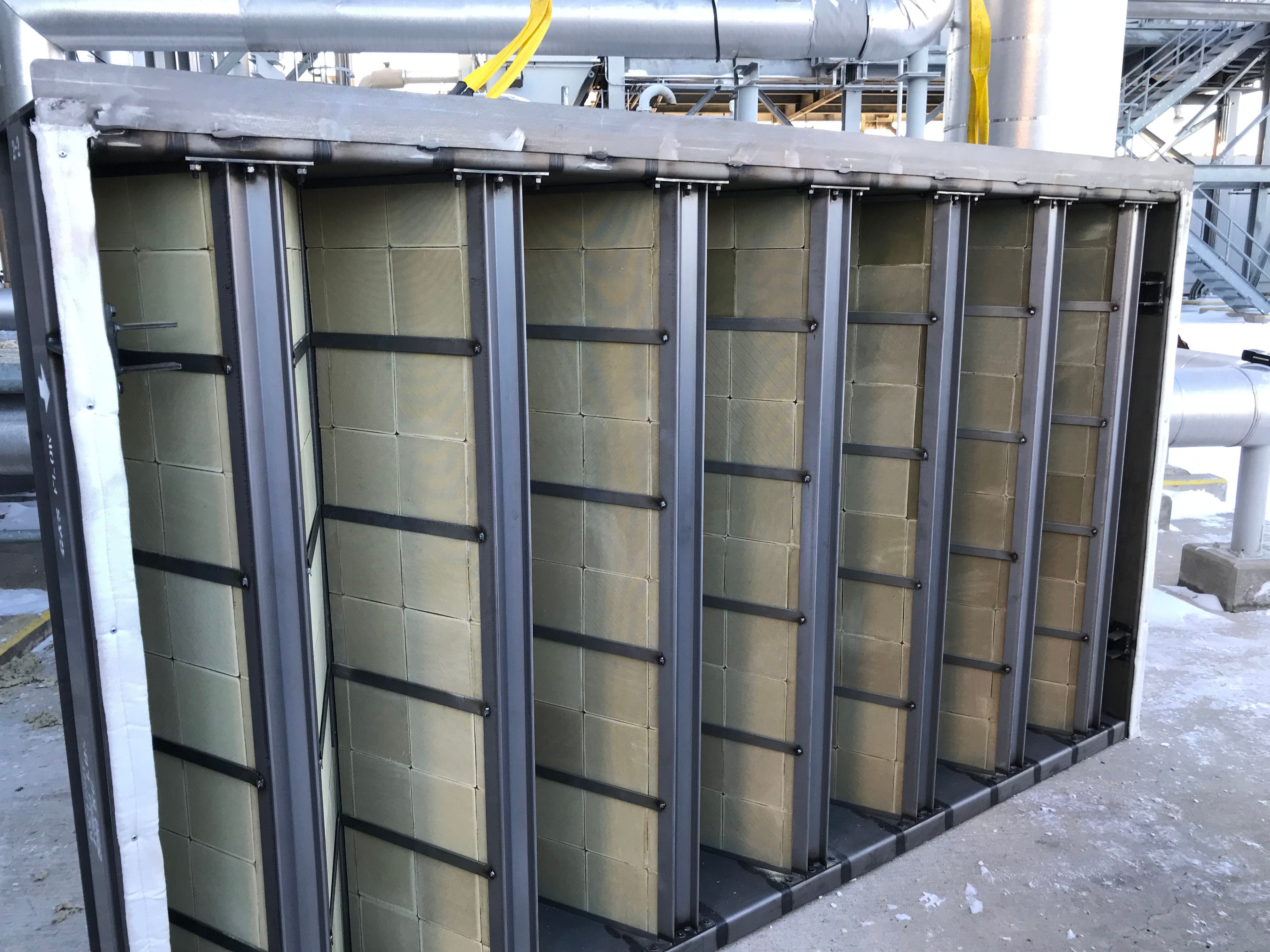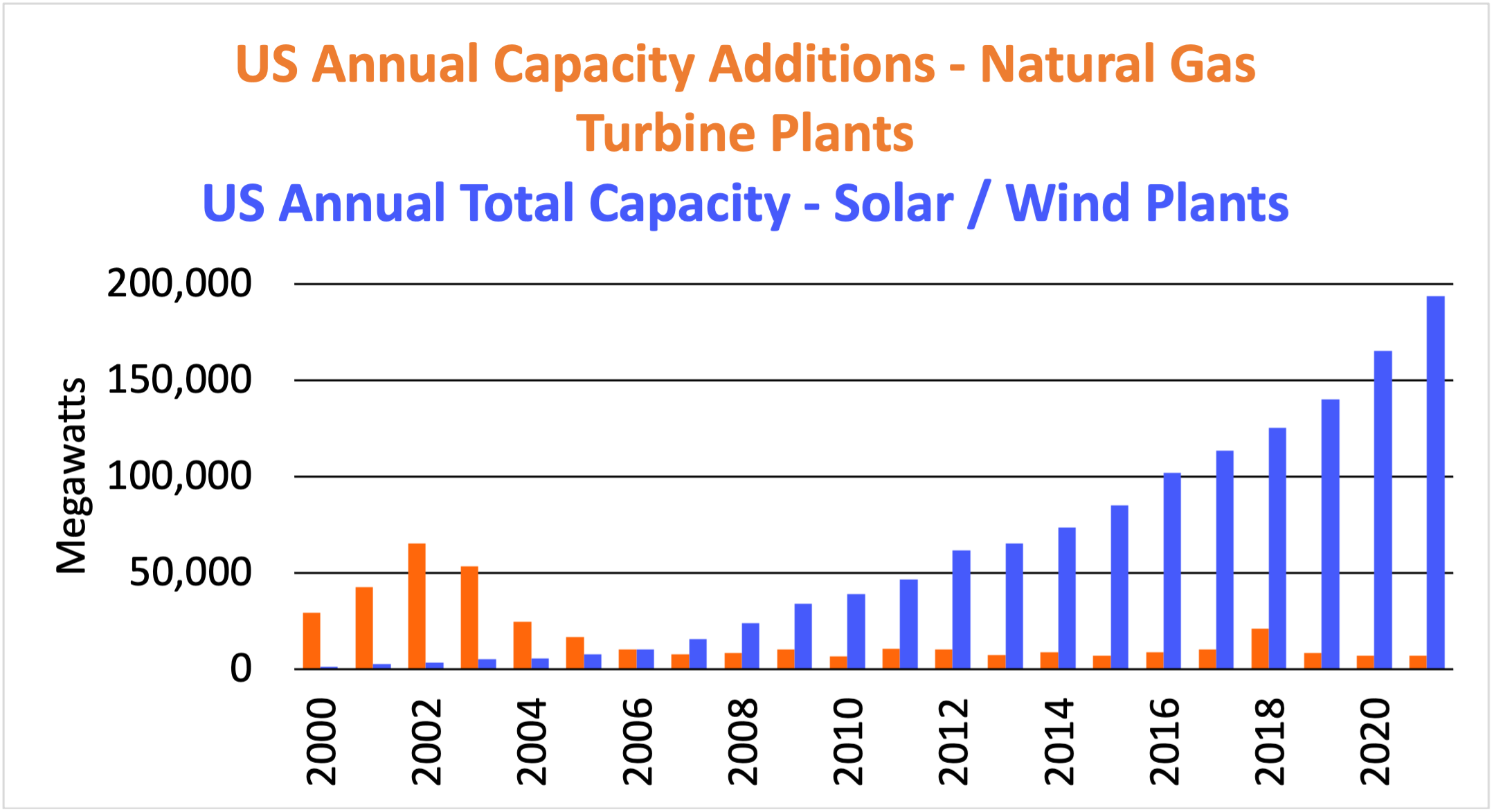WTUI 2023: Clean Energy Creates New Challenges to Filtering Pollutants Out of the Production Process
Dan Johnson of CormeTech presented on Gas Turbine SCR at Western Turbine Users Inc. in San Diego on Tuesday, March 14, 2023.
The quest for cleaner fuel production has driven innovation in selective catalytic reduction (SCR), a technology introduced in the 1950s to control nitrogen oxides (NOx).
When a power plant is designed and permitted, the needed SCR is determined by various factors. These include how many turbine starts are anticipated, how many hours a year it will run, and the expected load, Dan Johnson, P.E., Senior Director of Sales at CORMETECH, said on Tuesday during a presentation at Western Turbine Users Inc. (WTUI), held in San Diego, California, March 12–15, 2023.
CORMETECH's Elite SCR catalyst module. Credit: Turbomachinery International

When plants expand, the demands on SCRs change, and sometimes that change is dramatic. Generally, SCRs look like giant filters and remove pollutants through oxidation and/or with the assistance of a reagent like ammonia. Across the industry, titanium dioxide and other metals are used in the catalyst process to reduce the emissions. They can be stacked horizontally to make a wall for gas to flow through, positioned to flow vertically, or placed in canisters, depending on the need. All house the same materials in different ways.
Johnson presented a map of the United States showing power plant expansions that added an additional 215,000 MW of power to the grid from 2000 to 2004. He then showed solar and wind farms added to the grid during that timeframe. This shifted power plant operations from what had originally been planned.
Surge in power plant expansions from 2000 to 2004. Credit: CORMETECH

As more solar power comes online, a plant has to ramp up and down throughout the day to compensate for solar generation fluctuations, Johnson said. Wind power added further fluctuation to the demand on the turbines. A greater number of starts typically increases carbon oxide (CO) and NO2 emissions. These issues require adding more catalyst, but adding catalyst puts more pressure on the turbine, which means they need to use more gas.
Around 2015, CORMETECH introduced a catalyst with more activity and arranged it in a way that there was much more surface area through which gas could flow without increasing pressure on the engine. This technology has since been introduced industry wide.
A more recent market introduction was a multi-emission catalyst, which can handle NOx and CO needs in a single layer—traditionally this is done with two separate catalyst layers, Johnson said. This provides options to retrofit existing units that do not have the ability to remove CO with catalyst.
Johnson ended with a note on alternative fuels, which present their own obstacles. Waste gases such as landfill gas “are nasty for the catalyst,” he said. Hydrogen-rich fuels can increase overall NOx production. Further use of these fuels can be expected to influence ongoing SCR innovations, Johnson said.